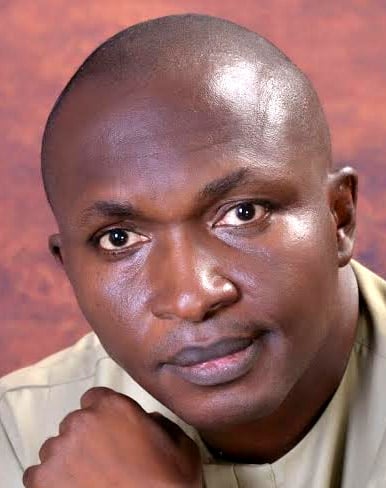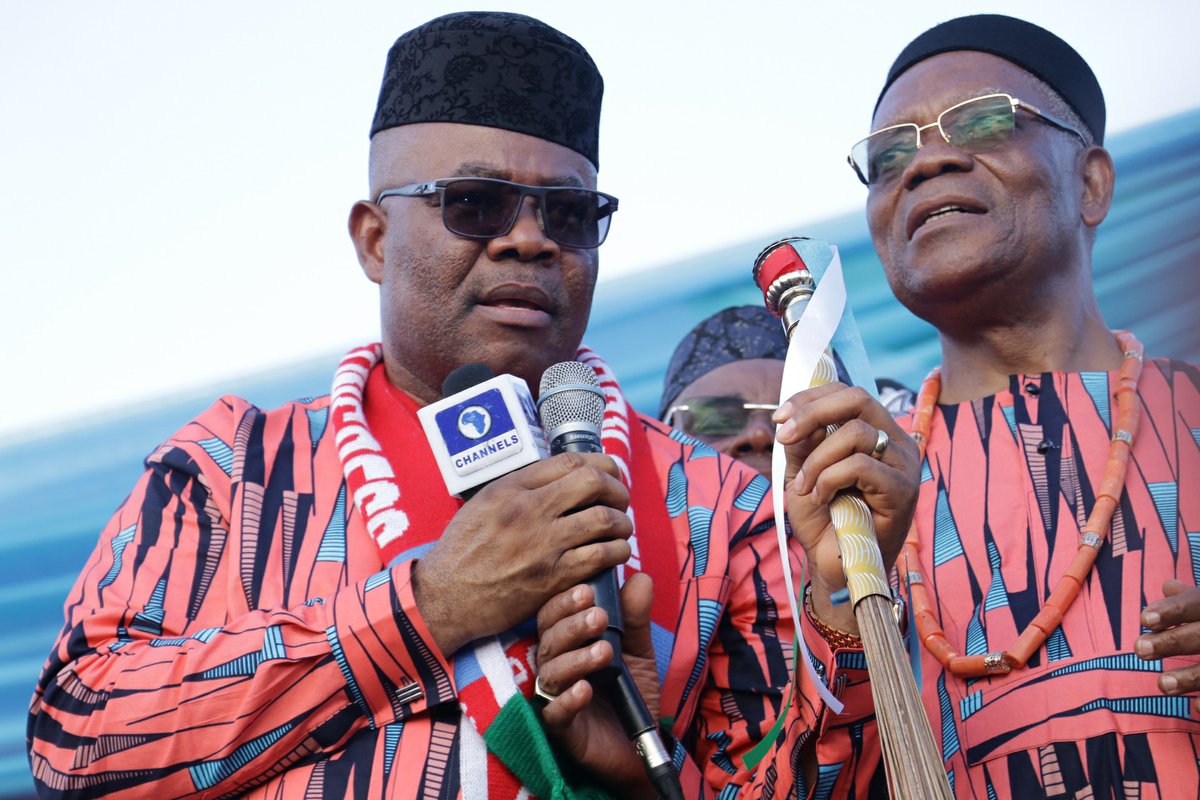On the eve of the rescheduled February 16 presidential and national assembly elections, I got a call from my illiterate 86-year old mother from Owo in Ondo State, advising that I should exercise caution during the election. I remember we had discussed a number of times before then and had agreed that she did not have to go out to vote on the Election Day even though she has always had her permanent voter card (PVC).
She had suggested that I should consider staying away from the polling centres and voting because of the killings somewhere in Kaduna and I could sense the tone of apprehension in her voice. Interestingly, as far as she is concerned, it does not matter that Abuja is the Federal Capital Territory, where the president lives and where the entirety of the nation’s security architecture has its command room. The FCT is, to her, part of geographic north.
Immediately, I knew she was referring to the media report about the alleged killing of 66 persons in Kajuru Local Government Area who, according to the Kaduna State Governor, Malam Nasir el-Rufai, were of the Fulani stock. While my mother claimed to have heard the news on the radio, I had watched and listened to el-Rufai, on one of the television stations, talk about the issue.
This simply underscores the role of the media in escalating real and imagined violence. Once the piece of information from Kaduna was fed into the media mill, it assumed a distinct life and began to achieve the purpose for which it was disseminated: tension. The information about the alleged Kajuru killings was not for public good. It was mischievous outright and politically motivated to fit into the original plot of fanning the embers of anxiety and reprisal attacks in the area.
Advertisement
That is the real tragedy of the reported killing of the Kajuru 66 as has been promoted and sustained by el-Rufai through deployment of the state government machinery. el-Rufai spoke on the killings on the eve of the rescheduled February 16 presidential and national assembly election, a move that was easily interpreted as calculated to inflame wicked passion. The immediate reaction from some quarters was that there was no attack in which 66 persons were killed in one fell swoop.
But, if, indeed, there were killings, the manner of disseminating the information by el-Rufai was considered tendentious. It would have amounted to gross mismanagement of the development to have declared, as he did, that 66 Fulani men, women and children were killed. He would have acted responsibly by simply announcing that 66 persons were killed. By being imprudent on the matter, el-Rufai was indicted in the deliberate plot to incite ethnic violence against the people of Maro Gida and Iri communities in Kajuru Local Government at a period that called for extreme circumspection.
That, perhaps, prompted the responses by former Chairman of the National Human Rights Commission (NHRC), Professor Chidi Odinkalu, and the Kaduna State Chapter of the Christian Association of Nigeria (CAN) describing, as it were, the announcement by el-Rufai as “intentional” and “a false alarm”.
Advertisement
I have analysed the divergent positions canvassed in the circumstance of the bogeyman typified by the “Kajuru 66” and the inferences are quite clear: that, according to el-Rufai, 66 Fulani men, women and children were killed in a coordinated attack, which he wanted the entire world to believe happened in one day; and, that to Odinkalu and the CAN in Kaduna, there was no such single attack that resulted in the killing of 66 persons in a day.
The seeming gap in the el-Rufai narrative, which conversely reinforces the position of Odinkalu and the CAN, was the absence of documentary evidence either by video or pictorial recording, showing the 66 bodies of those killed or the atmospherics of where they were buried. That being the case, the state government’s decision to involve the military and police forces, purportedly, to simulate situational reports was tantamount to make-believe in the absence of bodies to prove the claim of massacre.
But to be sure, there were other reports strung together from other sources that had actually indicated that there were attacks in some communities in Kajuru Local Government where between 10 and 15 persons were reportedly killed. These reports too did not benefit from the evidence of identified bodies of the victims. Both scenarios should have been treated with caution by all stakeholders, knowing full well that killings or actions that assume the garb of genocidal attacks have the potential of instigating reprisals.
Indeed, the counter narrative by Odinkalu and the Kaduna CAN was to dismantle the veritable bugaboo and the obvious mischief that were writ large in el-Rufai’s statement with regard to his specific claim that 66 Fulani men, women and children were killed. The argument by those who opposed el-Rufai’s gambit stemmed principally from, one, his unrestrained disposition to introduce ethnic slant into what was even considered fictitious; and, two, his seeming deliberate act of inciting reprisal attacks.
Advertisement
el-Rufai had visited Ungwar Barde, one of the affected communities, in company with the General Officer Commanding One Division of the Nigerian Army, Major General Faruk Yahaya, and the State Police Commissioner, Ahmad Rahman. Yahaya had said that 37 of the victims were slaughtered and buried at a river bank. The Police Commissioner said that six persons had been arrested in connection with the incident and would be charged to court.
But since there are now calls from different quarters to investigate the claim that 66 persons were killed, it would be apposite for the state government to prove that governor el-Rufai’s claim was not a mere bugaboo or bogey to instill fear into the people and incite those who allegedly lost their loved ones to violent reprisal attacks in the calculated plot to cause serious bedlam about the time of a critical election.
It would be quite interesting to discover that the positions of Odinkalu and the Kaduna State CAN could not stand the outcome of the investigation. But then, the National Emergency Management Agency, a federal government agency, would also suffer the same fate because it shared Odinkalu and the CAN’s position. The agency’s northwest zonal coordinator, Ishaya Chonoko, had reportedly said that those responsible for the report of the killings in Kajuru wanted to take advantage of the election to incite violence.
In fact, there are suggestions in some quarters in the state that el-Rufai who is seeking re-election might have deliberately embarked on this scaremongering with a view to discounting the voter population/electoral base in Kajuru, knowing full well that it is the stronghold of the opposition Peoples Democratic Party (PDP). Although, this is a moot point, yet, it reinforces the issues at stake.
Advertisement
Indeed, some watchers of the development in Kaduna State, especially Odinkalu, have argued, overall, that el-Rufai’s objective was, perhaps, to raise tension as part of the larger plot, involving pockets of coordinated acts of sabotage set off on the eve of the presidential and national assembly election, to put the nation on edge, threaten, undermine and imperil the electoral process. This is just a supposition.
But, then, who in terms of political and electoral capital would have benefitted from the situation in Kajuru Local Government if the seeming mismanagement of the crisis situation had snowballed into further conflagration? Of course, the answer to the question, about who the programmed beneficiary of the convoluted situation and the possible consequent compromised electoral process would have been, is blowing in the wind.
Advertisement
Ojeifo contributed this piece from Abuja via [email protected]
Advertisement
Add a comment







